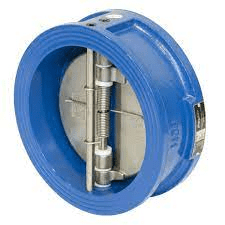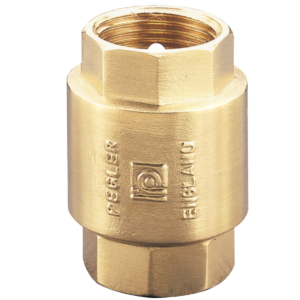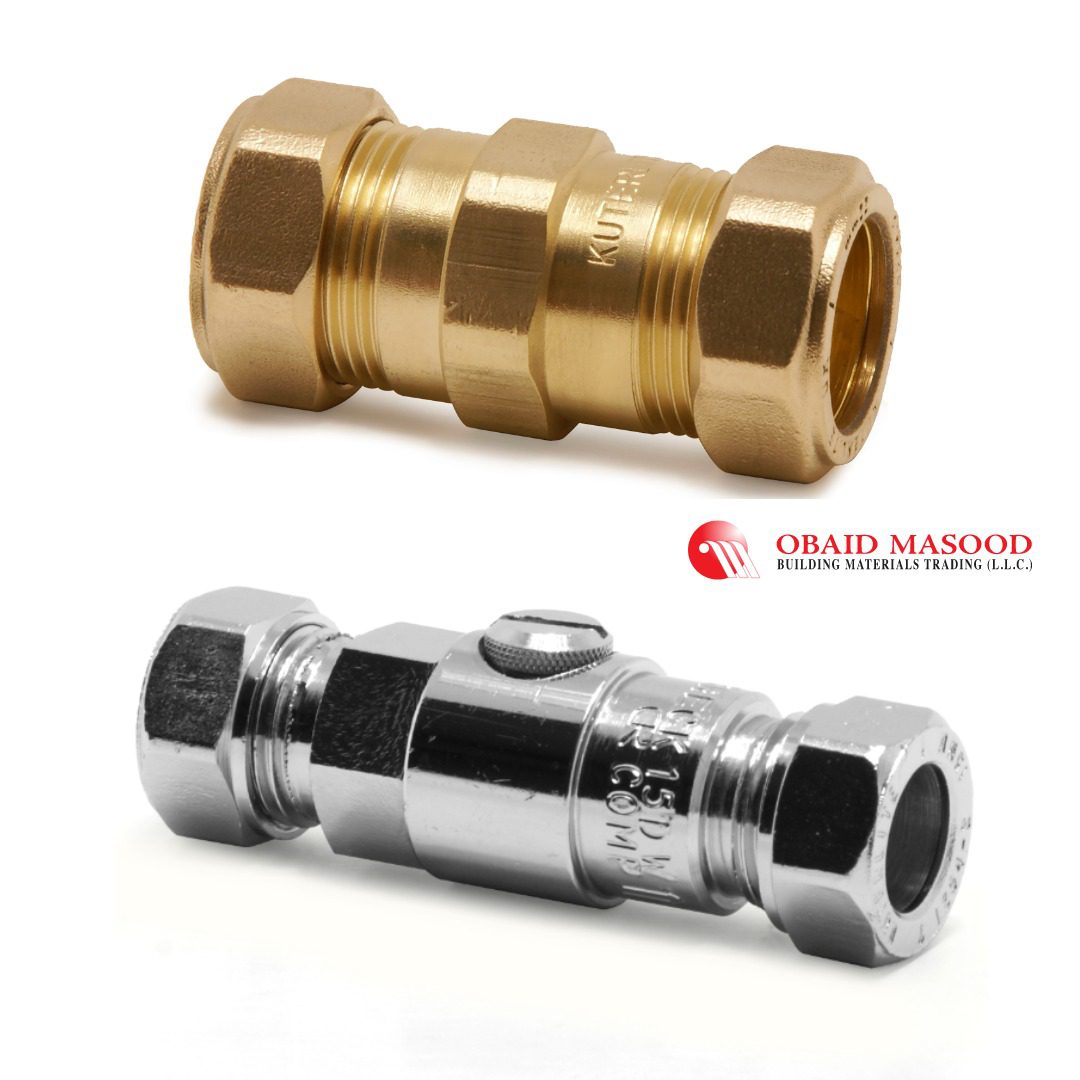
Check valves are self-operating, non-return, or one-way valves. This automatic safety system permits unrestricted fluid flow in a single direction. In the event that the fluid flow is reversed, the valve will automatically close, thereby safeguarding the linked pipework and pump.

Applications of check valves
Check valves are utilized in a variety of applications. For instance, they are frequently installed on the outlet side of a pump to prevent backflow. The most prevalent form of water pump, centrifugal pumps, are not self-priming; consequently, check valves are required to maintain water in the pipes. In addition, check valves are often utilized in HVAC systems (Heating, Ventilating, and Air Conditioning-systems). HVAC systems are employed, for instance, in huge buildings in which a coolant is pumped many floors up.

Types of check valves and their working
The type of check valve varies depending on the design of the valve, but they generally work the same way. Obaid Masood has many types of check valves, ranging from Swing check valves, ball check valves, tilted disc check valves, slanted seat check valves, to nozzle check valves. But the most famous check valves are:
Swing check valve
A swing check valve consists of a disc fixed on a hinge or shaft that swings. The disc swings off the seat to allow forward flow and swings back onto the seat to impede backward flow when the forward flow is halted. The valve’s shut-off characteristics are affected by the disc’s mass and the return flow.
Ball check valve
A ball check valve operates via a ball that slides up and down within the valve. The seat is machined to accommodate the ball, and the chamber is designed conically to direct the ball into the seat to seal and prevent reverse flow.
The operation of check valves requires no manual functioning, they are self-operating. let us take the example of a simple disk valve to understand the mechanism: The inlet of the valve receives pressurized fluid. The disc of the valve is forced open by the increased pressure and remains thus until the pressure is reduced. The disc smashes shut, and the valve is closed when the pressure drops. Cracking pressure, the water pressure that forces the valve to open, can vary from 3 psi to 350 psi.
Although the functioning of a check valve varies depending on the type of valve used the basics remain the same.

Selecting the right check valve
Numerous considerations must be addressed when selecting a check valve for a particular application.
Some important considerations include:
- Orientation (i.e. vertical or horizontal)
- Dimensions of the pipe
- Pressure magnitude
- Minimum permissible leakage rate
In addition, check valves are specified based on the greatest valve flow coefficient achievable (Cv). The greater the Cv, the greater the needed pressure to open the valve gates.
Therefore, if a valve with a larger Cv is utilized in a low-pressure application, the valve gates will be only partially open. A larger Cv will also increase the likelihood of valve flutter, resulting in increased component wear and eventual failure.
Although all this information may seem daunting, you can always consult an expert for assistance in choosing the appropriate valve. Obaid Masood is a dependable collaborator to contact because of its dedication to its customers. They offer the greatest merchandise and help during and after the application process.
